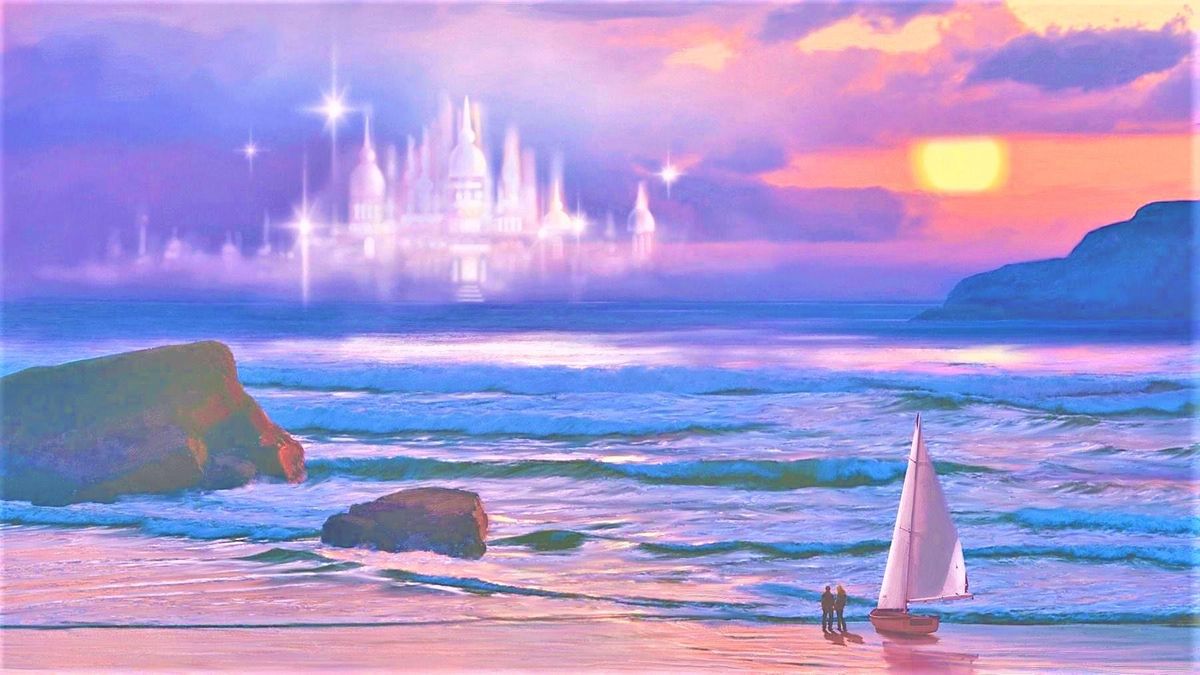


It helped to establish the Tuscan language, in which it is written, as the standardized Italian language. The poem's imaginative vision of the afterlife is representative of the medieval worldview as it had developed in the Catholic Church by the 14th century.

Divided into three parts: Inferno (Hell), Purgatorio (Purgatory), and Paradiso (Heaven), it is widely considered the pre-eminent work in Italian literature and one of the greatest works of world literature. 1308 and completed in 1320, a year before his death in 1321. The Divine Comedy ( Italian: Divina Commedia) is an Italian narrative poem by Dante Alighieri, begun c. Works are included here if they have been described by scholars as relating substantially in their structure or content to the Divine Comedy. The Divine Comedy has been a source of inspiration for artists, musicians, and authors since its appearance in the late 13th and early 14th centuries. Rosa Celeste: Gustave Doré's illustration for Paradiso Canto 31, where Dante and Beatrice gaze upon the highest Heaven, The Empyrean


 0 kommentar(er)
0 kommentar(er)
